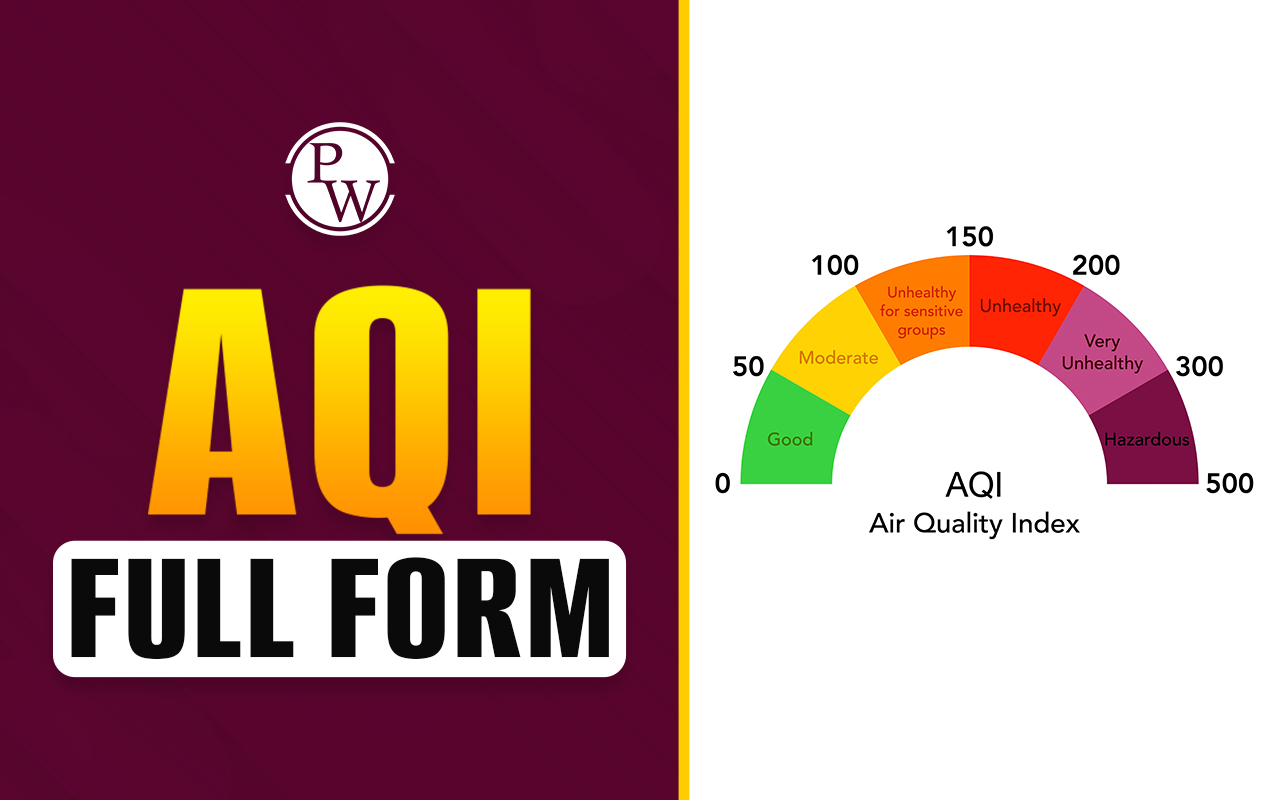

What is AAI (Airports Authority of India)?
A Parliamentary Act established the Airports Authority of India (AAI), which merged the former National Airports Authority and the International Airports Authority of India on April 1, 1995. As a result of the merger, there is now a single organization in charge of developing, enhancing, managing and overseeing the nation's ground and airspace infrastructure for civil aviation.
The Ministry of Civil Aviation oversees the operations of AAI. AAI is responsible for designing, organizing, maintaining, and modernizing India's civil aviation network. The AAI is responsible for various tasks and manages 137 airports, 10 customs airports, 24 international airports, 103 domestic airports, and 23 civilian enclaves on military aircraft.
- AAI operates and is responsible for the flight calibration of navigational equipment for the Indian Coast Guard, Indian Air Force, Indian Navy, and various private airfields around the country.
- The Indian government established the International Airports Authority of India (IAAI) in 1972.
- The IAAI and the NAA combined by an Act of Parliament in April 1995, becoming the Airport Authority of India (National Airports Authority).
When was AAI Established?
The Government of India set up the International Airports Authority of India (IAAI) in 1972 to handle the country's international air terminals, while the National Airports Authority (NAA) was set up in 1986 to handle domestic airports.
The associations merged in April 1995 by an Act of Parliament, specifically the Airports Authority of India Act, 1994. They were set up as a Statutory Body known as the Airports Authority of India (AAI). This new organization was to develop, update, maintain, and manage national common flying foundations on the ground and in the air.
AAI's headquarters
AAI's headquarters are in New Delhi, at Rajiv Gandhi Bhawan and Safdarjung Airport.
Chairperson
Its chairperson has named Arvind Singh. He is an IAS officer from the Maharashtra unit, class of 1988. AAI is part of the Ministry of Civil Aviation and operates over 100 airports nationwide. Arvind Singh was previously the Maharashtra government's Additional Chief Secretary (Energy).
AAI's Functions
Here are some essential functions of the Airport Authority of India (AAI) -
- Planned, built, operated, and maintained international and domestic air terminals and common enclaves.
- Control and management of Indian airspace beyond the nation's regional farthest extent, as recognized by ICAO.
- Traveler terminal development, modification, and management.
- Payload terminal enhancement and management at universal and domestic air terminals.
- Traveler offices and data frameworks are set up in traveler terminals at airports.
- Construction and fortification of the activity zone, including Runways, Aprons, Taxiways, etc.
What Is the AAI Logo Made Of?
The Airport Authority of India's logo is a realistic representation. Using a triangular structure and the wings of a plane all at once creates connotations with airports. The upward complement of the triangle represents AAI's vision. The objective is to update, build, maintain, and supervise common avionics throughout India.
AAI Departments
AAI (Airport Authority of India) operates under several major departments, which are as follows:
Passenger Services
The essential components of AAI incorporate development, adjustment, and the board of traveler terminals, advancement and support of cover foundation including runways, equal runways, cover, and so on.
Provision of communication, navigation, and surveillance, including DVOR/DME, ILS, ATC radars, visual guides, and so on. An arrangement of air traffic administrations, traveler offices, and connected conveniences at its terminals, ensuring safe and secure activities of the plane, traveler, and payload in the country.
Services for Air Navigation
AAI has preparing to transition to satellite-based communication, navigation, surveillance, and air traffic management. Most importantly, the latest standard equipment will introduced. Adopting the new and improved procedures goes hand in hand with improving airport safety standards.
[wp-faq-schema title=" Full Form of AAI FAQs" accordion=1]
What does AAI accomplish?
How can I sign up for AAI once I graduate?
Does AAI have a pension?
Does the AAI have a test?
Is Gate a requirement for AAI?












